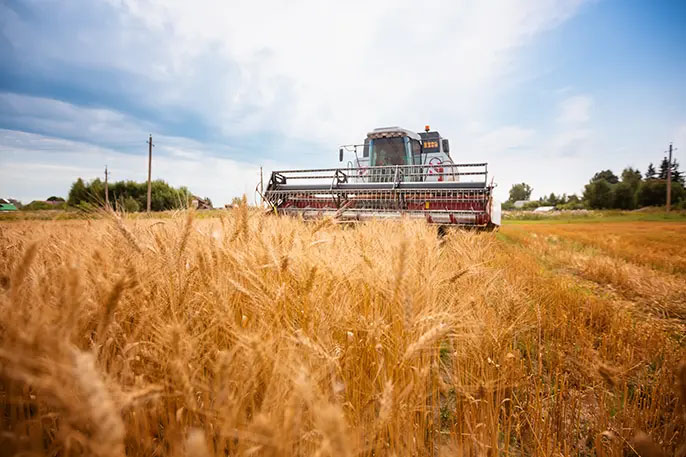- Home
- About
-
Our Products
- Grains
- Oil seeds
- Meals
- Oils
- Derivate
- UBM Group
- UBM Community
- Press
- Contact

The latest USDA report on May 12th did not bring significant surprises on expected production this year, but most likely raised some eyebrows among analysts when it comes to estimated consumption. Ignoring the potential effects of the economic crisis we have already entered, the US Department of Agriculture uses more than optimistic figures in terms of feed consumption, both domestic and global.
Moreover, during a political scandal, the US estimates not only that the agreement with China will be completed in the terms initially negotiated but that it will be able to sell even more grain to the government of the world's second largest economy. Many grain market participants are now wondering if this move in the USDA ratio is not one to stop the free fall in grain prices, providing a balance of global demand and supply.
Returning to productions, let's review the Americans' predictions regarding the situation in Europe:
Other figures that give more peace to grain processors / consumers are the following:
The USA will sow a record area of corn this spring - 39.27 million hectares.
Although in Europe the wheat production is lower than in 2019, the total production of the main wheat exporters is higher:
In any case, things are not decided yet, the above figures represent the best scenario of European production, one in which everything will go perfectly until the time of harvest. In order not to be biased, looking at it from a consumption perspective, the figures are optimistic, as I said above. We look forward to the next USDA report.
Source: FC Stone
Author: Leonardo Lambrea – Head of Trade – Ubm Agri Trade
Article date: 19.05.2020